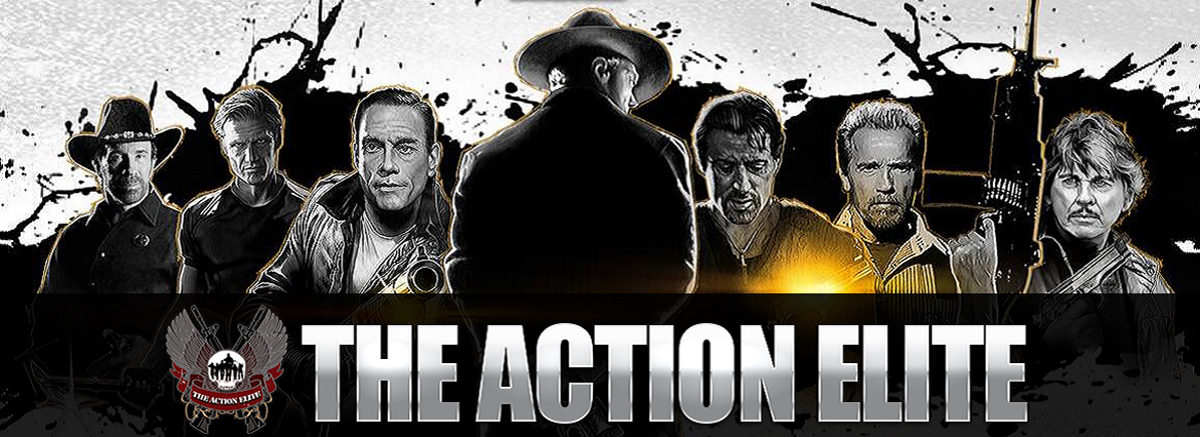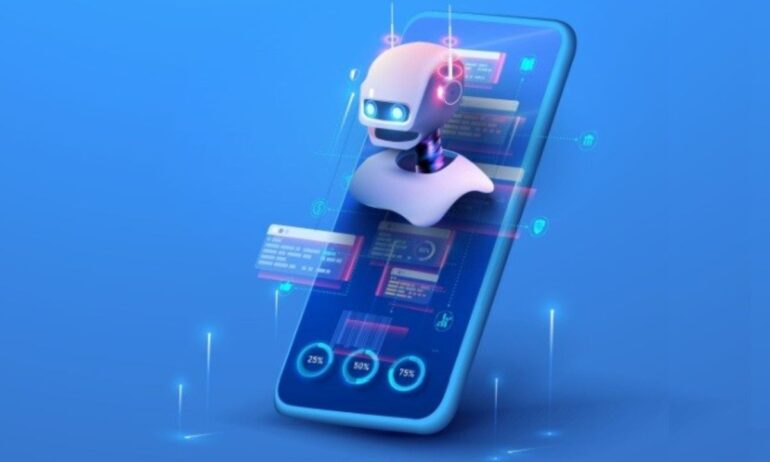In a world where artificial intelligence is reshaping nearly every industry, creative writing has not been left behind. From automated story generation to language correction tools, AI has become a silent co-author for many writers. But with this advancement also comes a growing need for authenticity and originality, which is where AI detection tools step into the spotlight. These tools are redefining how we approach creativity, credibility, and even the ethics of writing in the digital age.
Writers today face a fascinating paradox. On one hand, AI has made the writing process easier, faster, and often more inspired. On the other, it has blurred the line between human and machine-made content. For readers and publishers, being able to distinguish genuine creativity from algorithmic output has become essential. That is precisely why AI detection technology has grown in importance.
The role of these tools extends far beyond catching students who use chatbots to write essays. They now serve as a quality control mechanism for bloggers, journalists, screenwriters, and content creators. By analyzing text structure, tone, and word choice, AI detector can determine whether a piece of content reflects human nuance or machine precision. This capability matters deeply in industries built on trust and authenticity, such as entertainment journalism, where originality is everything.
For example, consider the world of film reviews and action movie commentary. Audiences read these pieces not only for information but for personality. They expect passion, opinion, and the distinct voice of the writer. When a text feels too robotic or perfectly structured, it loses that human spark. Editors in these spaces rely on AI detection tools to ensure the content being published retains that raw, human element that connects with readers.
But the impact of AI detection tools goes beyond simply filtering machine-generated text. They also encourage writers to think critically about their craft. Knowing that their work may be analyzed for signs of artificiality pushes authors to refine their tone, embrace imperfections, and develop a stronger personal style. Ironically, the existence of AI detectors is making human writers more human.
This growing balance between man and machine has also sparked philosophical questions about creativity. Can AI truly create, or does it merely replicate patterns based on data? Many argue that while machines can mimic storytelling, they cannot experience emotion, imagination, or passion. These are the elements that give a piece of writing its soul. Detection tools, in this sense, act as guardians of human artistry, ensuring that technology complements creativity rather than replacing it.
The entertainment industry provides a clear example of this tension. Scriptwriters and filmmakers have started experimenting with AI-driven writing assistants to develop dialogue or plot ideas. However, producers still depend on human intuition to make these stories resonate emotionally. A movie script might be structured by an AI, but only a human can craft the subtle humor, rhythm, or emotional tension that gives life to an action scene.
As AI continues to evolve, the tools that detect it will evolve too. They are already becoming more sophisticated, learning to identify not just vocabulary patterns but also creative fingerprints unique to human writers. In the near future, these systems may even help improve writing quality by suggesting ways to make a text feel more natural or emotionally engaging.
Of course, with any new technology, ethical questions arise. Should every piece of writing be tested for AI involvement? Where do we draw the line between using AI for assistance and relying on it completely? These questions do not have simple answers, but they are essential to discuss if we want to maintain integrity in digital storytelling.
Ultimately, the rise of AI detection tools is not about restriction but about preservation. They remind us that creativity is an expression of individuality, experience, and emotion. Machines may simulate creativity, but only humans can truly live it. Writers who use AI responsibly, while maintaining their unique voice, will find themselves at the forefront of this new creative frontier.
In the end, what matters most is authenticity. Whether writing a movie review, a screenplay, or a personal essay, the connection between writer and reader remains sacred. AI can assist, enhance, and even inspire, but the heartbeat of creativity still belongs to us. Detection tools simply ensure that this heartbeat continues to be heard clearly amid the growing noise of artificial expression.
As technology advances, the future of writing will likely be a collaboration between human imagination and artificial intelligence. But it is the human touch, the imperfections, and the raw emotion that will always make storytelling timeless.






